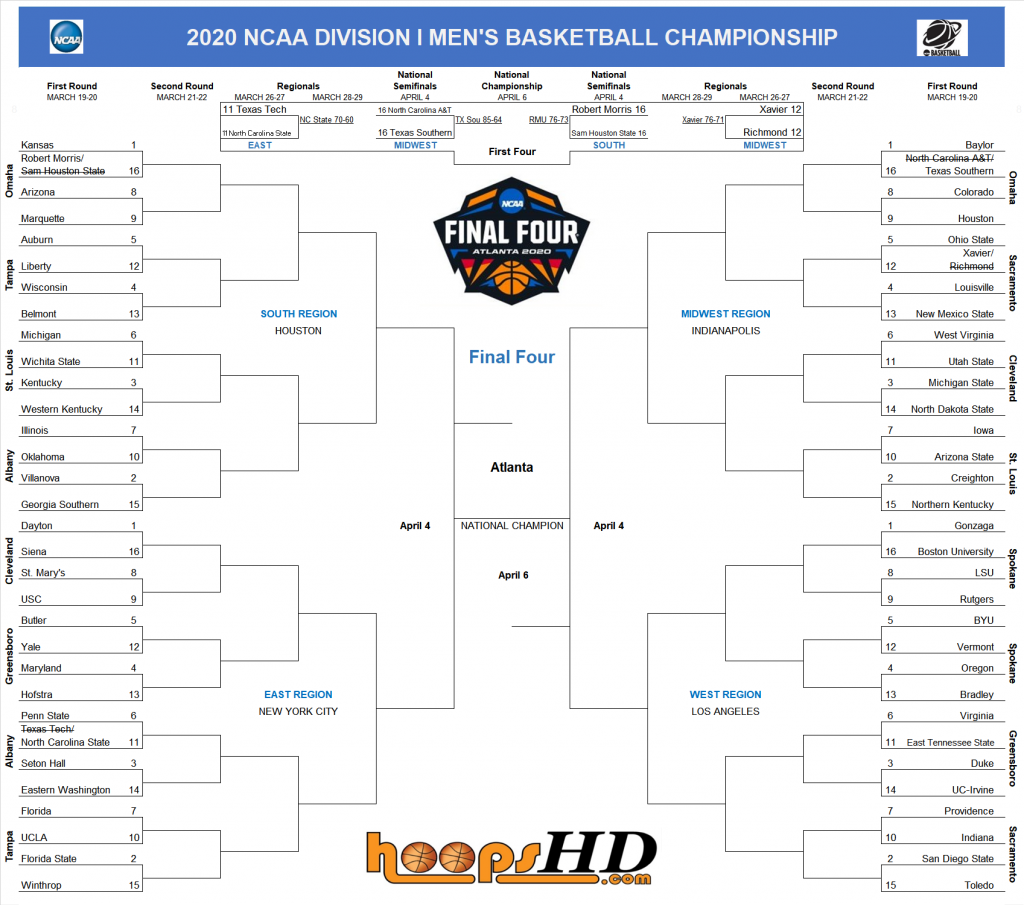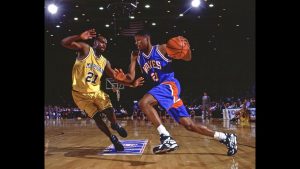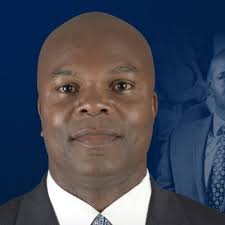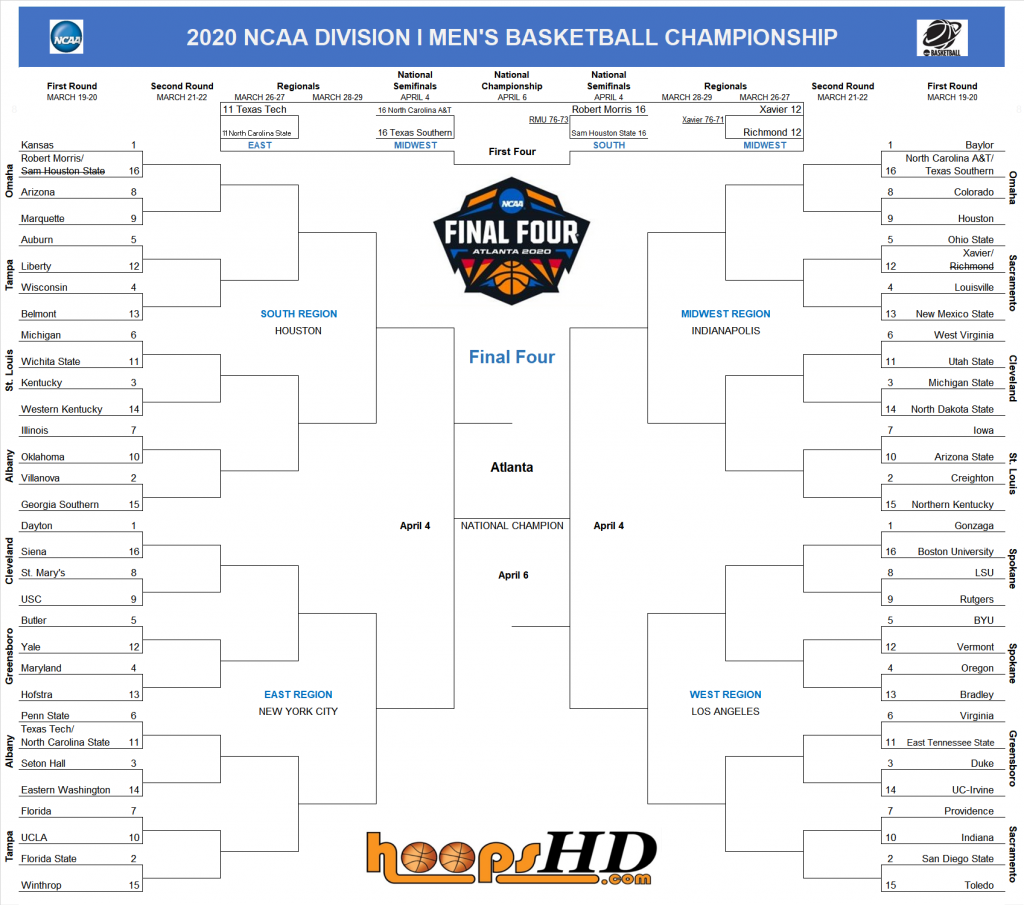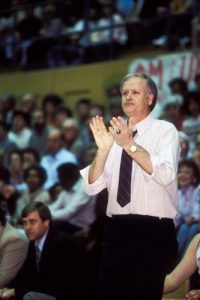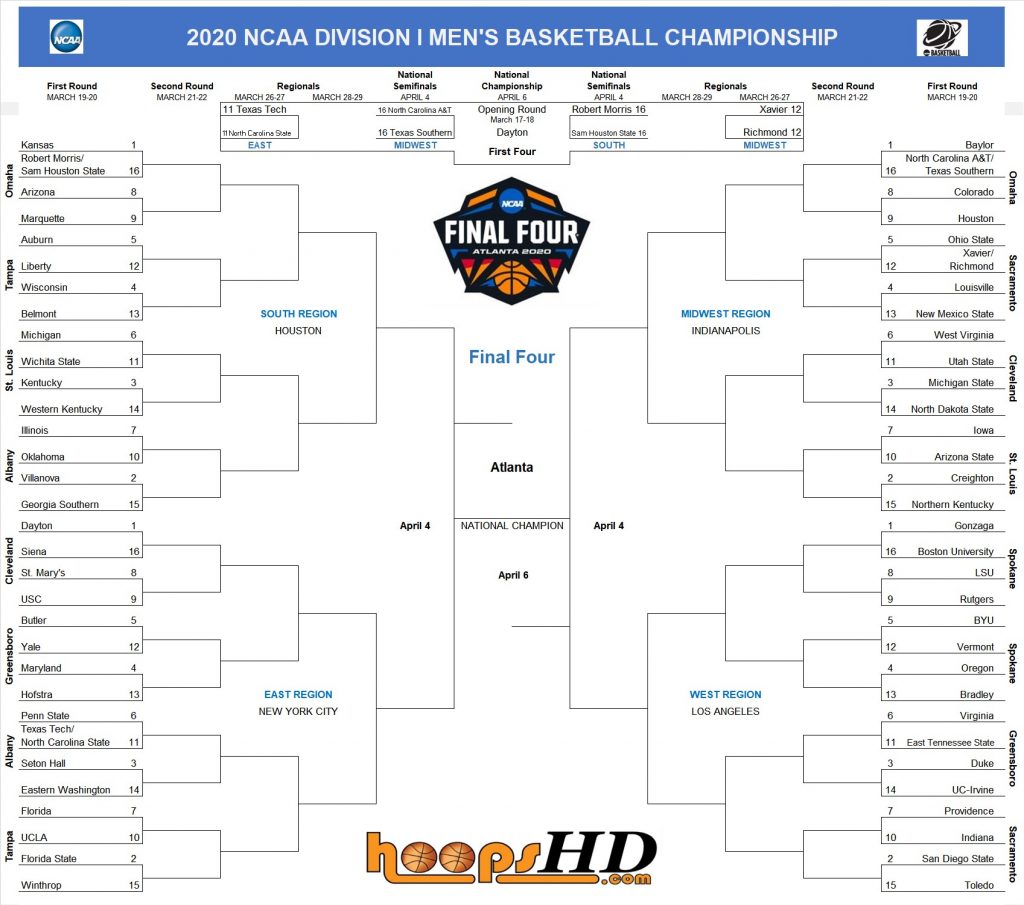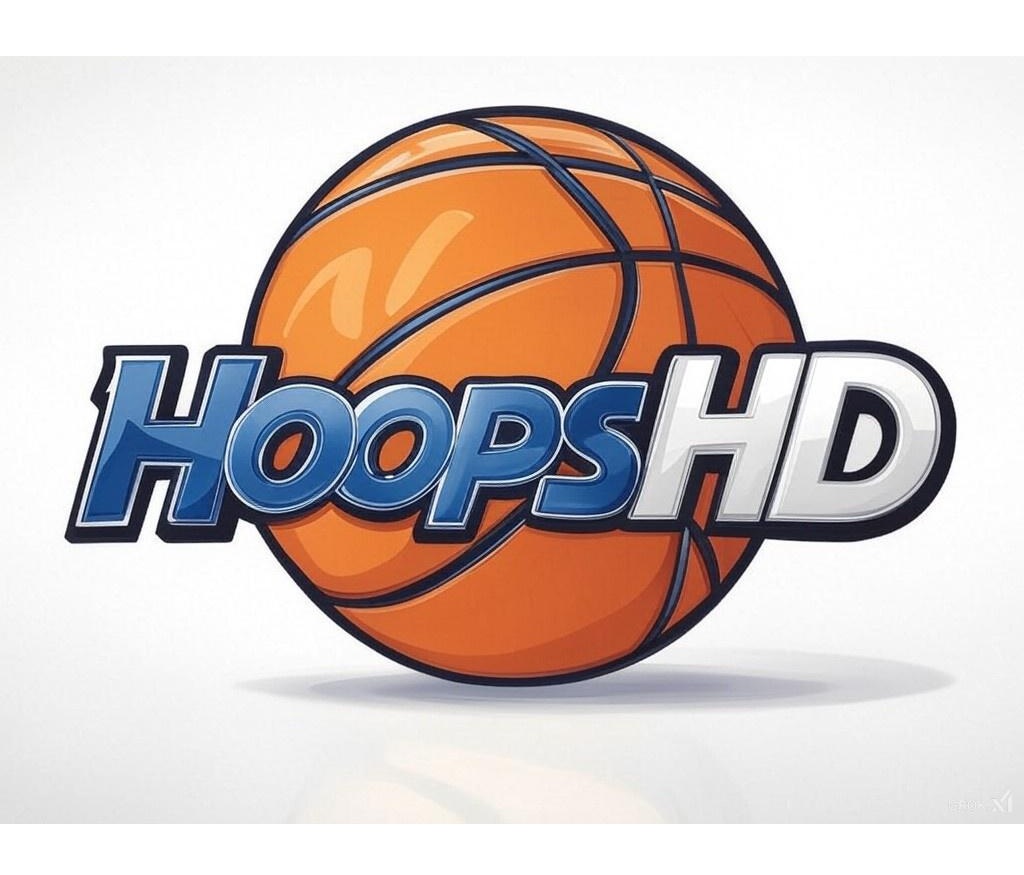This was supposed to be a big month for the Jones family. We have seen other coaching brothers make the NCAA tourney in recent years (Archie/Sean Miller, Bobby/Danny Hurley, etc.), but this was going to be the year of the Jones. Yale coach James Jones made the tourney last year and had a legendary upset of Baylor in 2016, and after 16 years as a head coach his brother James finally made it this year as head coach at BU. Then the NCAA tourney was canceled and we were left to wonder “what if”. For those of you who do not remember the ABA, allow us to introduce you to Larry Jones: member of the original all-ABA 1st-team, 1st ABA player to ever score 50 PTS in a game, and 1st president of the ABA Players’ Association. HoopsHD’s Jon Teitel continues our 7-part series of Joneses past and present by chatting with Larry about leading the MAC in scoring for 3 straight years and being part of the highest-scoring backcourt in pro basketball history.

You won a total of 8 varsity letters at Toledo (3 in track, 3 in basketball, and 2 in baseball): which sport were you best at, and which 1 did you enjoy the most? I was always a really good baseball player so that was my 1st love. I guess that I enjoyed basketball the most because it provided me with a living, but if I could have been a great baseball player then I think I would have done that.
In the 1962 season-opener you scored 35 PTS against Butler (the most by any Butler opponent all year) before fracturing your right wrist and missing the rest of season: how devastating was it to have your season end after 1 game, and how close did you come to signing with the Lakers after they drafted you in 1963? I went in for a layup, got undercut, and landed on my wrist. I must have had a cast on for 3-4 months, which is a LONG time when you are a young person. It was devastating when it happened because I was looking forward to doing well as a senior. I did not go to college looking to play pro basketball: I only started thinking about it towards the end of my junior year.
You led the MAC in scoring for 3 straight years (1962-1964) and were named an All-American in 1964: how were you able to be so dominant in college? I did not have a lot of scholarship offers despite being a good high school player who was also a pretty good student. When Toledo recruited me they talked about the importance of getting a good education. They also had a good program and a great coach.
You own the 2nd-highest career scoring average in Toledo history (20.9 PPG): did you realize at the time how prolific a player you were? I was a team-oriented player so I never thought about scoring a ton of PTS. I am a packrat so I was looking through some old articles and read that my coach said I was the most well-rounded player he ever coached. I was a pretty good rebounder for a 6’2″ guard.
In the summer of 1964 you were drafted 20th overall by Philly (1 spot behind Jerry Sloan): did you see that as a validation of your college career, or the realization of a lifelong dream of reaching the NBA, or other? It was good to be drafted. My parents got divorced early in my life so playing pro basketball allowed me the opportunity to buy my mother a house after a couple of years, then a house for my dad the following year. I was only making about $10,000 back then: the houses cost more than my annual salary! The most touching thing for me was to provide them with that after all of their sacrifices.
The final game of your rookie season was a 1-PT loss to Boston in Game 7 of the 1965 Eastern Division Finals after John Havlicek’s famous steal of Hal Greer’s inbound pass in the final seconds: what was it like to face the 6-time defending champions, and what was the feeling like in your locker room afterward? Back then it was the pinnacle to play against the Celtics in the Boston Garden. I used to think about the history of some of the places I played: I remember walking through the Boston train station to get to the court. In NYC to get to MSG you had to go through a back-door alley: there was no plush lounge! Havlicek is 1 of the most interesting players in history: he played in the shadow of Jerry Lucas at Ohio State, and I wonder how he would have done if he played for a team other than Boston. He always seemed to come up with the big play: he had a motor that never stopped. Speaking of locker rooms, it was a shock for me to see guys smoking cigarettes/drinking beer.
In 1967 you joined the ABA for its inaugural season and became a member of the original all-ABA 1st-team (along with Mel Daniels/Connie Hawkins/Doug Moe/Charles Williams): why did you decide to join the ABA, and how were you able to come in and be so successful so quickly? It is a funny story. I got cut from the 76ers and played for the Wilkes-Barre Barons in the Eastern League, which had some outstanding players like Paul Silas/Bob Love. Larry Costello was a 6-time NBA All-Star…but in the Eastern League he sat on the bench behind me/Levern Tart. I got my Masters degree after going back to school during the summertime. I got a tryout with Baltimore and made the team but got cut after 1 week. I wrote letters to almost every team in the ABA but only Denver was willing to pay for me to come and tryout. I flew West for a tryout with the Lakers: Coach Fred Schaus picked me up at the airport and said the only other player he had ever picked up at the airport was a guy named Jerry West! Denver told me not to sign with the Lakers so they gave me a contract for the same amount that the Lakers did. I asked my mother for some advice but she told me to decide for myself. I started driving West on I-70 and headed left toward Denver because some people said that I had problems going left: true story! My shot was not working too well during my 1st few games but then I got it going after that. I think Denver was the best sports city I have ever seen: they embraced everyone even if you were the last guy on the bench.
In November of 1967 you became the 1st ABA player to ever score 50 PTS in a game when you had 52 in a win over Oakland: was it just 1 of those scenarios where every shot you put up seemed to go in because you were “in the zone”? It was 1 of those days where everything was dropping for me: I had almost 40 PTS in 1 half. My teammates kept getting me the ball so they deserve a lot of credit.
What are your memories of the 1968 Western Division Semifinals (a 5-PT loss to New Orleans in the 5th and final game)? New Orleans was a good club. I think that I broke my hand in the 1st quarter of the 1st game but still scored about 37 PTS that night. The Buccaneers had Jimmy Jones/Larry Brown/Doug Moe/Red Robbins/Steve Jones.
In August of 1968 you were elected the 1st president of the ABA Players’ Association: why did you take the job? I sent out an inquiry to see if there was interest in forming a Players’ Association. The front office called me in and said that I should stop because the league was still in its infancy stage but I kept on making inquiries. We found an attorney who really got it rolling. I remember going to testify before the Senate: it was a heck of an experience. We were in Indianapolis getting ready for the 1970 All-Star Game and we told the league that we were not going to play unless we were allowed to form a union. The game was going to be on TV that weekend so they relented. I later had a hard time getting a job in the ABA: I tried to get a spot on the 76ers after their horrible 9-win season in 1973 but they had about 25 guards in training camp. I was just glad to make the team but after Freddie Boyd got injured I became a starter: the key is to be ready when the opportunity comes.
You scored 30+ PTS in an ABA-record 23 straight games with Denver in 1968-69, led the ABA that season with 28.4 PPG, and your career 21.2 PPG is #9 in ABA history: what is the secret to being a great scorer? Part of it was playing with some great teammates who got me the ball and part of it was being a good shooter. I probably shoot as well now as I did back then…although nobody is checking me these days! I would just go out and shoot a lot. While a lot of my friends were going to parties I would be outside shooting by myself in the rain/snow. I was the last guy on my high school team as a junior but I went from that to being the star as a senior. My mother was also a basketball player.
Your team later hired Coach John McLendon: how big a deal was it to have the 1st African-American coach in ABA history? He was a great guy but kind of got screwed over. He worked with the US Olympic team a lot in the past: he would have us run the mile and then cut us if we could not finish with a good time. He said that we might not win every game but we would be in the best shape during the 4th quarter, and he was right. We were always good at home and had some great fans. He was a class guy.
You scored a game-high 30 PTS in 36 minutes in a 30-PT win over the East team in the 1970 ABA All-Star Game but your Denver teammate Spencer Haywood was named MVP: do you feel that you were robbed, and how unhappy were you with Haywood’s 3-year/$450,000 contract? I was preparing to give a speech and get some nice parting gifts so I was STUNNED that Haywood was named MVP. I was later traded by Denver even though the people in Denver loved me. Spencer was a great talent. Coach Will Robinson at Illinois State (the 1st African-American head coach in D-1 history) was a father-figure for Spencer and later served as a scout for Detroit for 25+ years.
What are your memories of Game 7 of the 1970 Western Division Semifinals (you beat Washington despite Rick Barry scoring 52 PTS in defeat)? Rick had a good squad: Larry Brown, Bill Melchionni, etc. They had been based in Oakland before moving to DC. Brown was MVP of the 1st ABA All-Star game despite being an alternate choice: he was a great PG and a smart player. Larry and Doug Moe had been best friends forever and they remained close even as opposing coaches. The ABA did not have centers as good as those in the NBA but the ABA guards/forwards did not take a backseat to anyone in the NBA.
In 1971 with the Floridians you scored 24.3 PPG and teamed with Mack Calvin (27.2 PPG) to form the highest scoring backcourt combination in pro basketball history: how on earth were you both able to score so many PTS while playing together? Our team ran a lot and Mack was a good little guard who could penetrate. Our owner Ned Doyle created the concept of ballgirls in skimpy costumes: he was a pretty good owner! Doyle asked me who I recommended as our new coach and I suggested 1 of my old coaches named Bob Bass. I was not trying to do him a favor or get anything in return: I just thought that Bob was a good coach. Bob also became GM and I had to negotiate a new contract with him after the season: nothing came of it. A lot of guys who started in the ABA later became coaches. I became an assistant with Detroit in the mid-1970s and when you look at the players in the 1978 All-Star Game in Atlanta there were so many who came out of the ABA (Dan Issel, Artis Gilmore, George Gervin, David Thompson, etc.). The ABA was like a family even though we played hard against each other. The toughest guy who ever checked me was Fatty Taylor: he was small and could not jump but he was like a glove.

